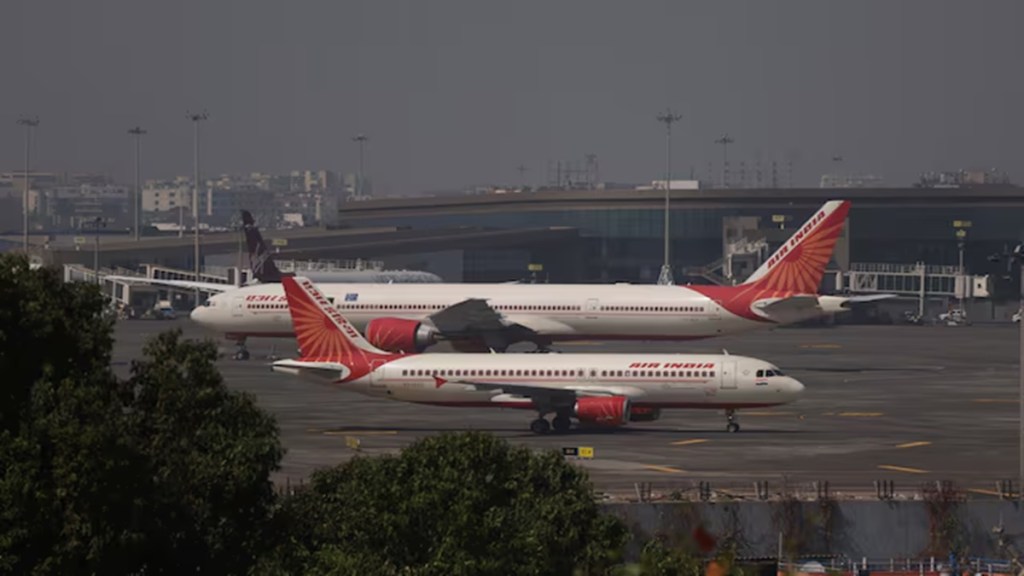As the striking Boeing workers on Thursday rejected a new compensation deal offered by the management, concerns were raised over the high likelihood of delayed deliveries of aircraft to carriers in India.
Akasa Air and Air India group had placed orders for 386 Boeing planes with a majority of them being the narrow body 737 Max model.
Aviation consultancy firm CAPA India has revised downwards the projected fleet size of four carriers to 806-811 by FY25-end from 812 projected at the start of FY25.
“Capacity crisis has been further accentuated as a result of industrial unrest at Boeing. This has impacted Akasa Air’s plans in FY25 and likely to impact Air India’s plans in FY26,” said CAPA India, an aviation consultancy firm.
Kapil Kaul, CEO and director, CAPA India said, “We expected induction of seven aircraft in Akasa’s fleet. Their current fleet is 25 which was 24 at the end of FY24. We expect an addition of one more aircraft to their fleet while the earlier projection was of 31 aircraft by FY25-end.”
India will have around 120 non-operational aircraft on the ground, requiring engine supply and spare parts by March 2025. This is down from 150 by the end of FY24.
Struggling low-cost carrier SpiceJet is expected to see half of its current 40 grounded planes to be returned to service by the end of FY25. India is expected to have a fleet of 776-780 aircraft by FY25-end, up from 728 recorded in FY24-end, including those which were on the ground.
“We are expecting below expectation deliveries from Airbus but are much better than Boeing,” Kaul added.
The consultancy firm did not make any changes to the domestic and international traffic projections. India is expected to have 162-165 million domestic traffic and 75-78 million in international traffic by FY25-end.
Despite the growth in passenger traffic, the overall industry is projected to clock a loss of $400-600 million, mainly due to capacity shortage. Passenger load factor will remain at 85-86% as projected by CAPA India.


